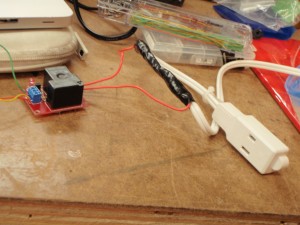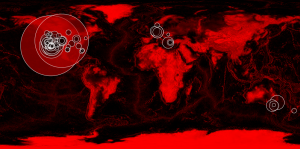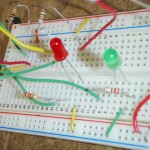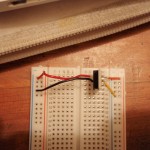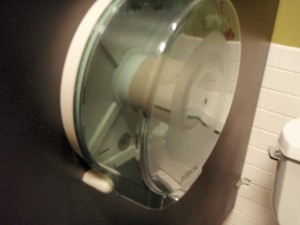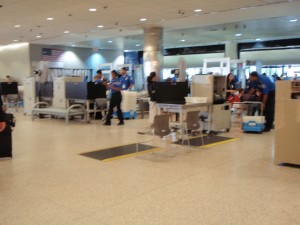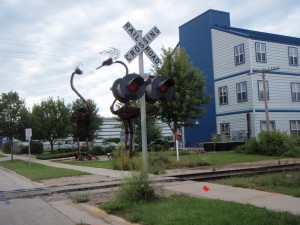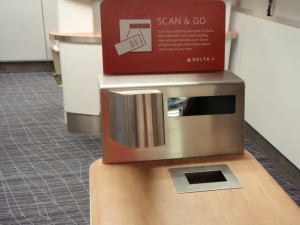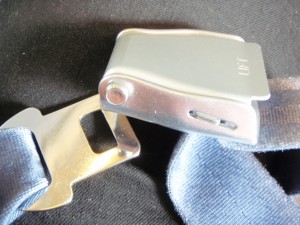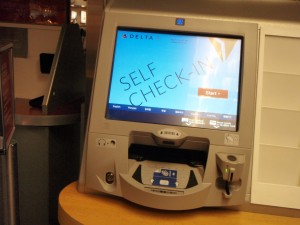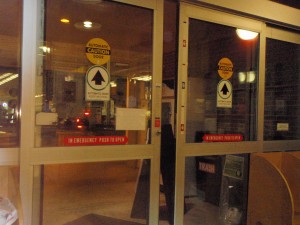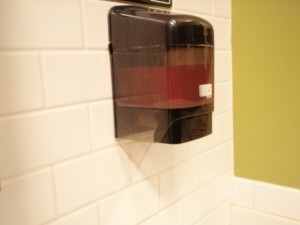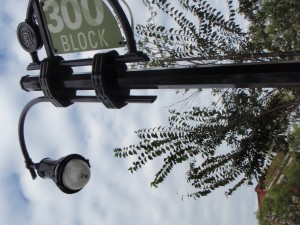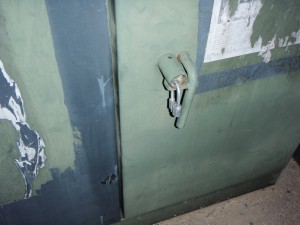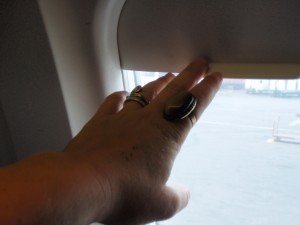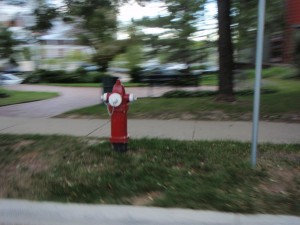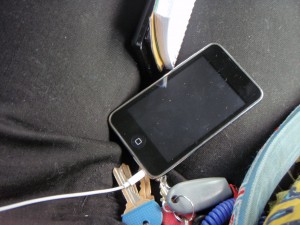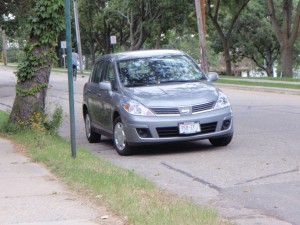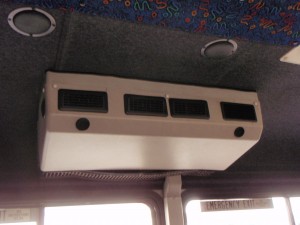ITP
Light onOff relayHeatSensor
Light OnOff Sensor Relay from gabriella levine on Vimeo.
In this video is my DIY light switch, where the light is turned on with the wave of a hand
**(Note for Comm Lab – I used the Xacti camera for this documentation
It uses the same code as before. On the next page is a close up of the circuit and the photosensor
(more…)
ICM first HW
I experimented with colors, shapes, and the changer functions in my sketch
Project? for P-COMP
PhotoSensor Relay from gabriella levine on Vimeo.
A circuit for a photosensor that turns on, say, a light, or anything:
Lab 3 and beyond
Finally I rearranged the code from before and was able to get the LED to blink and the motor to spin when the flex sensor was touched. See the code on the next page
DC relayBlink from gabriella levine on Vimeo.
Here I use the Arduino and a stripped radioshack electrical outlet, this code is just set up to blink, but I’d like to use a heat sensor to … do something? (like power on the outlet).
Lab 3
LED and servoTry from gabriella levine on Vimeo.
In this video, I use a flexor sensor to turn on a servo motor. However, I’m unsuccessful in trying to get an LED light to light up also.
And here’s the breadboard. See the code on the next page.
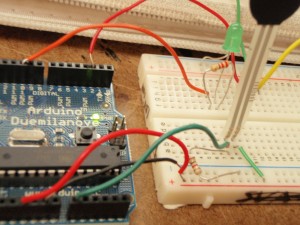
Flexor Sensor from gabriella levine on Vimeo.
And above, I use a flexor sensor to turn on and off an LED.
PCOMP lab 3 potentiometer from gabriella levine on Vimeo.
Turn the potentiometer up and the LED light gets brighter.
Just a note: At first I had digital output from pin 13 but since it’s not PWM , the potentiometer was acting more like a switch than an analog reader. So I switched it to pin 9, as the lab designated.
(more…)
E.M. Forster’s “The Machine Stops”
“Then she broke down, for with the cessation of activity came an unexpected terror–silence.”
Technology is no longer a matter of luxury, and humans depending on technology for survival is no longer a notion of science fiction. It has come to pass – we depend on technology for every aspect of life – communication, medicine, hygiene, recreation. Forster predicts this dependence, and portrays technology’s effect on humans as debilitating, fear-inducing, and a factor that removes all spontaneity and sensual qualities from life. Vashta has no desire to hug her son, to look at a beautiful landscape, or to take a walk in the sun.
While reading “The Machine Stops”, I was struck by how much I was comparing his 1909 prediction of the futuristic world to what the world is like today. “The Book” reminds me of an i-pad, or any video-chat capable touch-screen phone with internet access.
Forster’s prediction of technology’s capability to enable people to connect instantly is on par. However, I hope that, contrary to his prediction that it will drive everyone underground, advancing technology will enhance humans to physically transport faster. People are concentrating in urban areas, and technological advancements to enhance surface transportation and urban planning is crucial.
“The Machine Stops” is one of many examples of fiction predicting the future. Another one that I love and comes to mind is William Gibson’s “Neuromancer”.
I listened to an interesting piece on Science Friday on NPR a few weeks ago, in which Ira Flatow spoke to Michael and Denise Okuda, the lead graphic designers of Star Trek, and John Underkoffer, the science advisor on Minority Report, about how scientists and technology developers might actually use fiction for design ideas. For example, they mention a motion sensor device, as in “Minority Report”, or flip-phones and touch screens, as in Star Trek.
WildfireMap
Processing sketch Map of Wildfires occurences and scope based on flickr images uploaded yesterday
DonutBlink: P-Comp lab 2
A step further
Blinking Donuts: When the pink donut is placed on the aluminum surface, the Red LED lights up; when the white donut is placed on the surface, only the Green LED lights up; when both are placed down, the Red and Green LED alternate blinking.
Simply two switches – one makes the yellow LED light up, one makes the Red LED light up; both switches on make the LED’s alternately blink
The problem is that because I am using delay() function, there is a 500 ms delay before the switches register. I am going to try to use the Arduino BlinkWithoutDelay example to rectify this.
Click here for the code and the rest of the lab
Physical Computing, sensors walk (ass. 1)
noun \ˈsen-ˌsȯr, ˈsen(t)-sər\
1: a device that responds to a physical stimulus (as heat, light, sound, pressure, magnetism, or a particular motion) and transmits a resulting impulse (as for measurement or operating a control)
Here are some sensors I saw this weekend
These and some others I saw include a sliding door, an X-Ray, a help line (for someone to dial up and get help at the airport), a button to press for the flight attendant to come help, an A/C, hand driers, light switches, a car (including many sensors)…and more.
